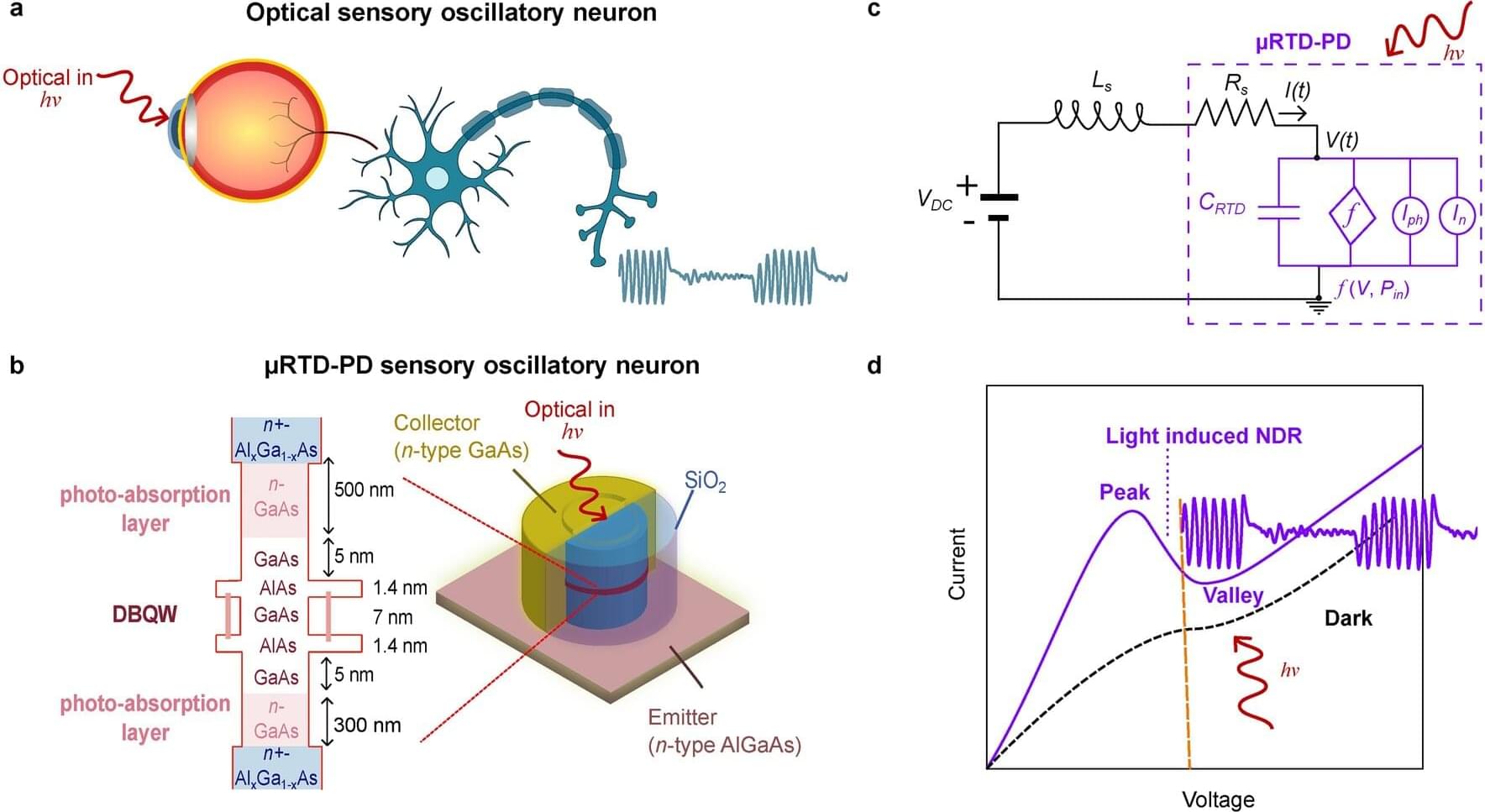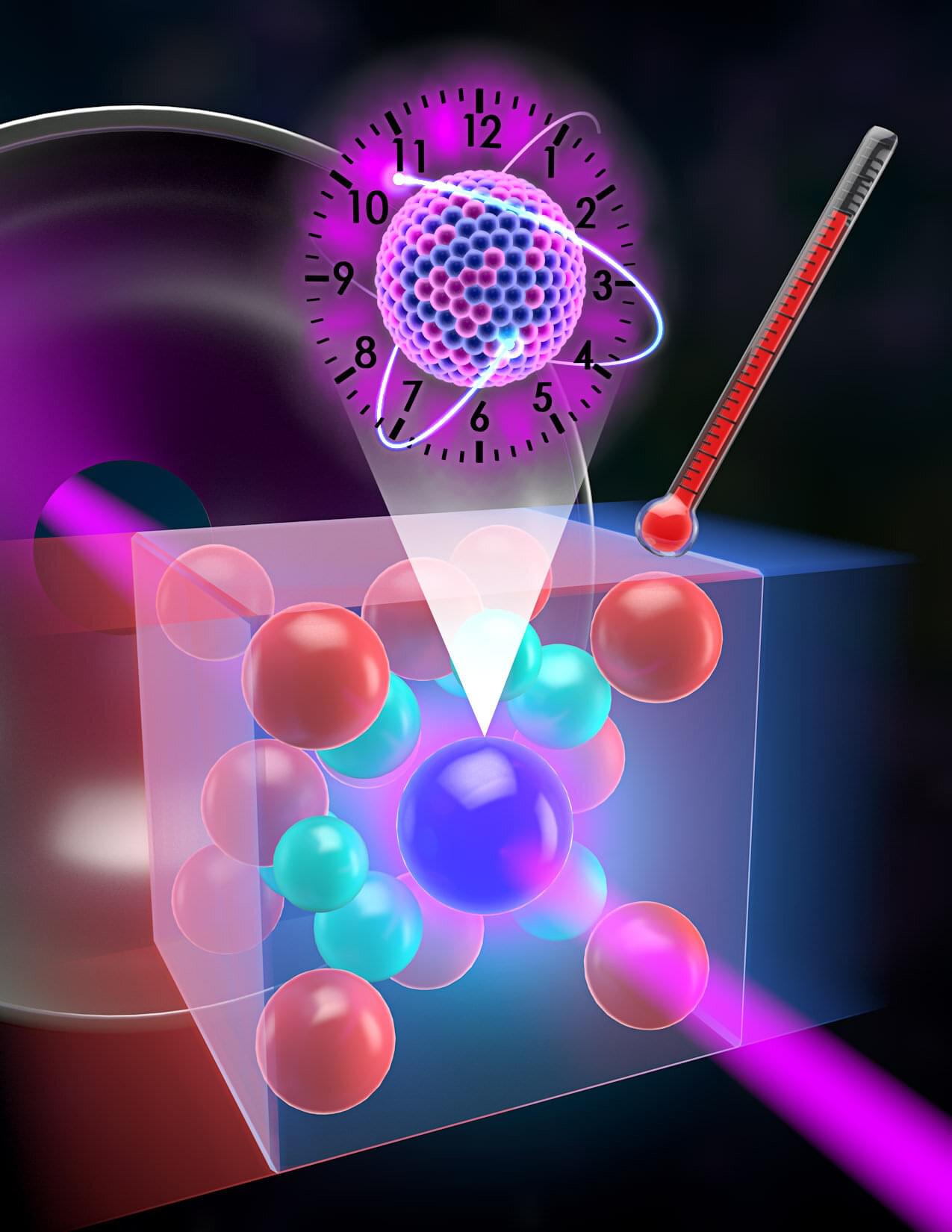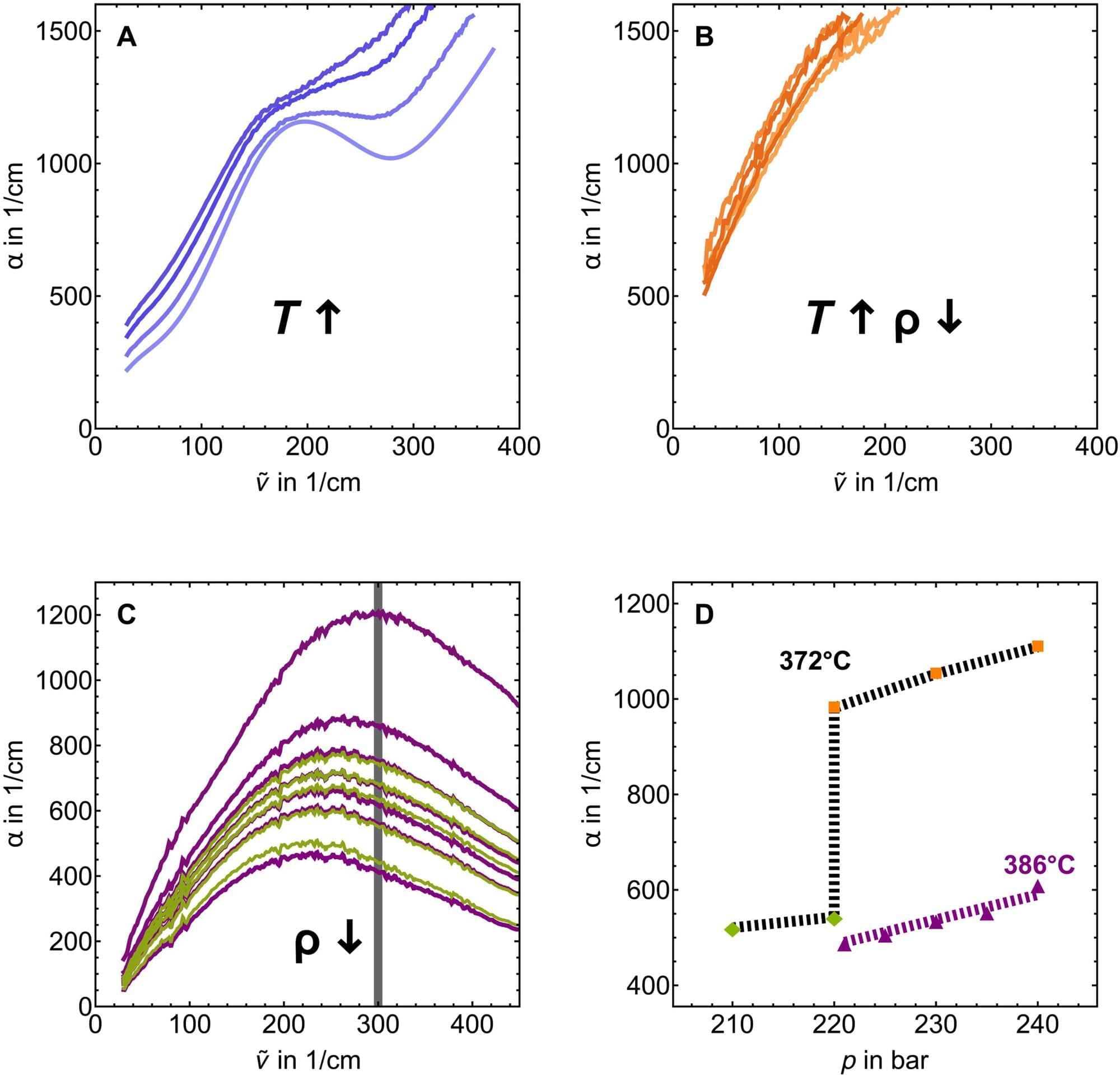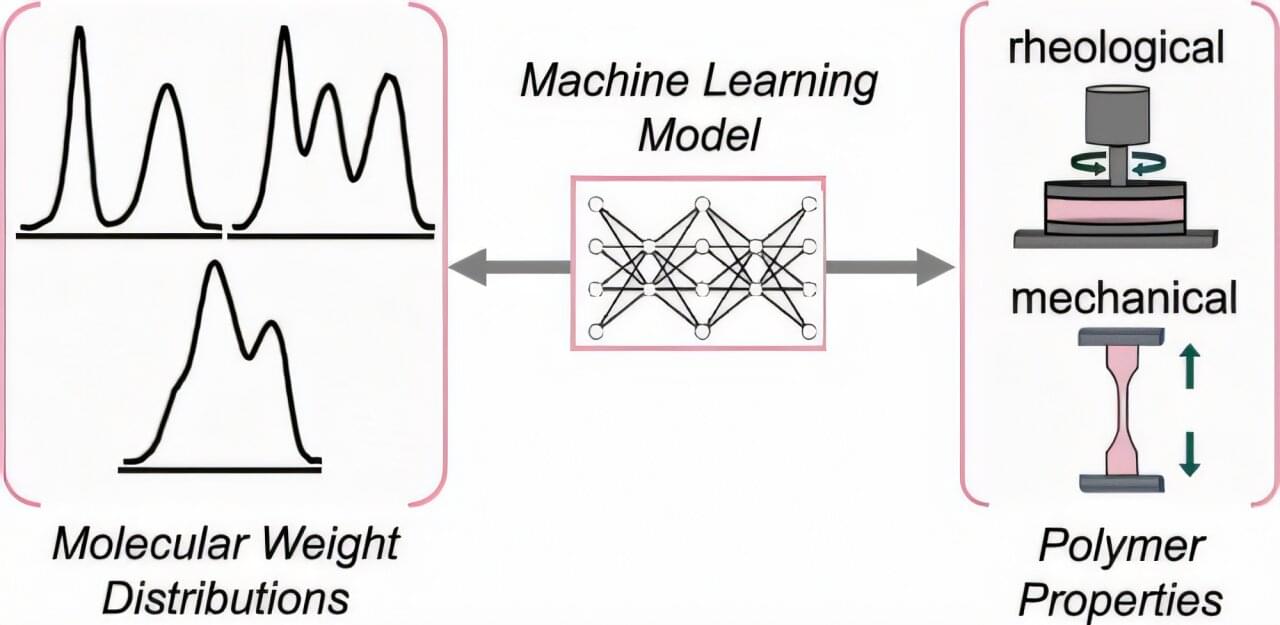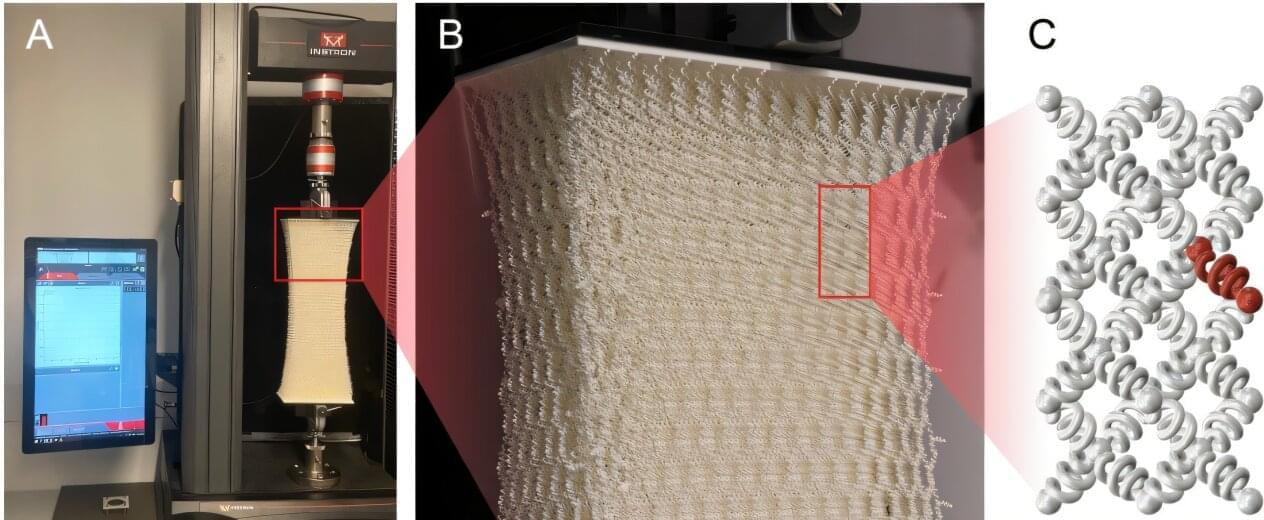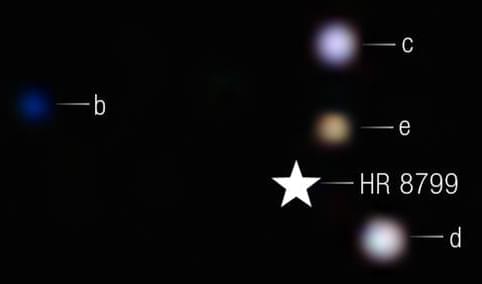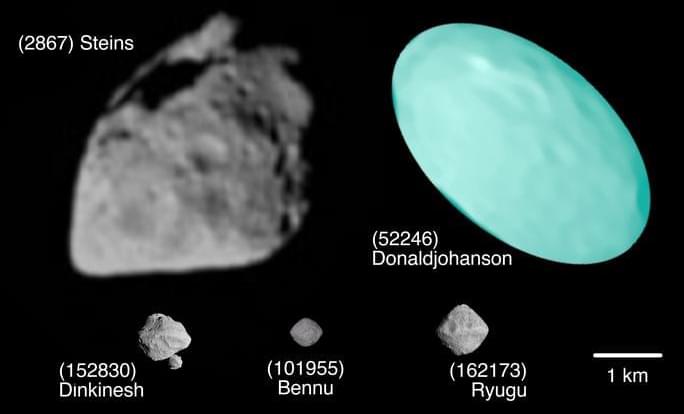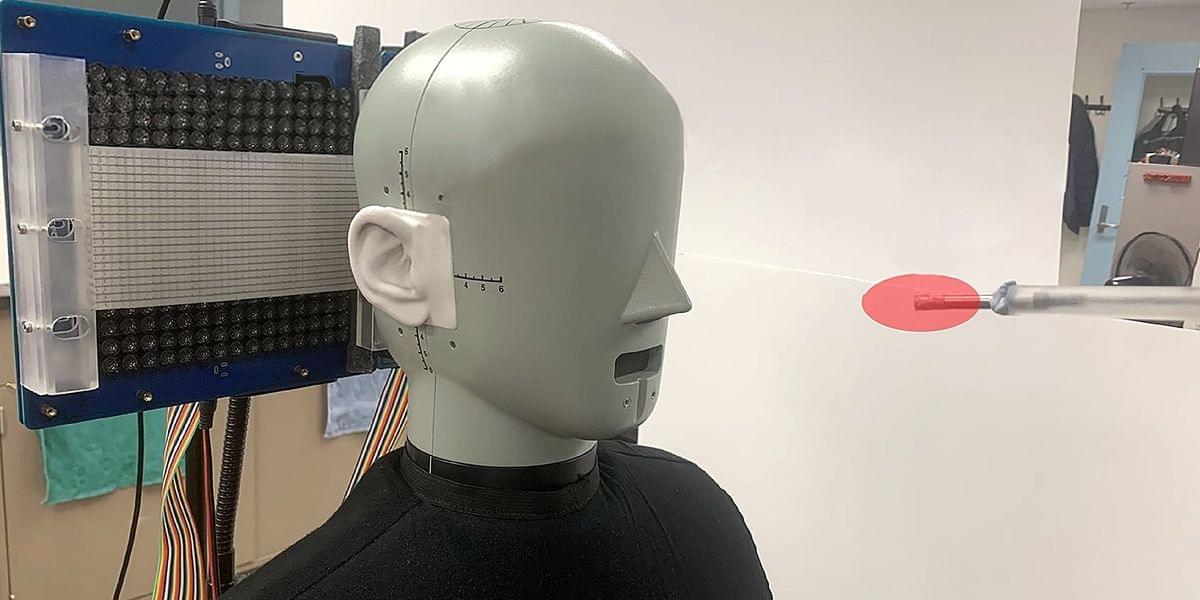For cattle fattened in fields instead of feedlots, the grass may be greener, but the carbon emissions are not.
A study out Monday in the Proceedings of the National Academy of Sciences finds that even in the most optimistic scenarios, grass-fed beef produces no less planet-warming carbon emissions than industrial beef. The finding calls into question the frequent promotion of grass-fed beef as a more environmentally friendly option. Still, other scientists say grass-fed beef wins out on other factors like animal welfare or local environmental pollution, complicating the choice for conscientious consumers.
“I think that there is a large portion of the population who really do wish their purchasing decisions will reflect their values,” said Gidon Eshel, a research professor of environmental physics at Bard College and one of the study’s authors. “But they are being misled, essentially, by the wrong information.”

